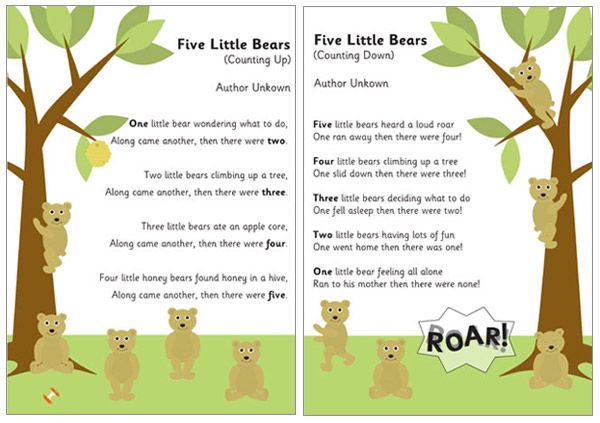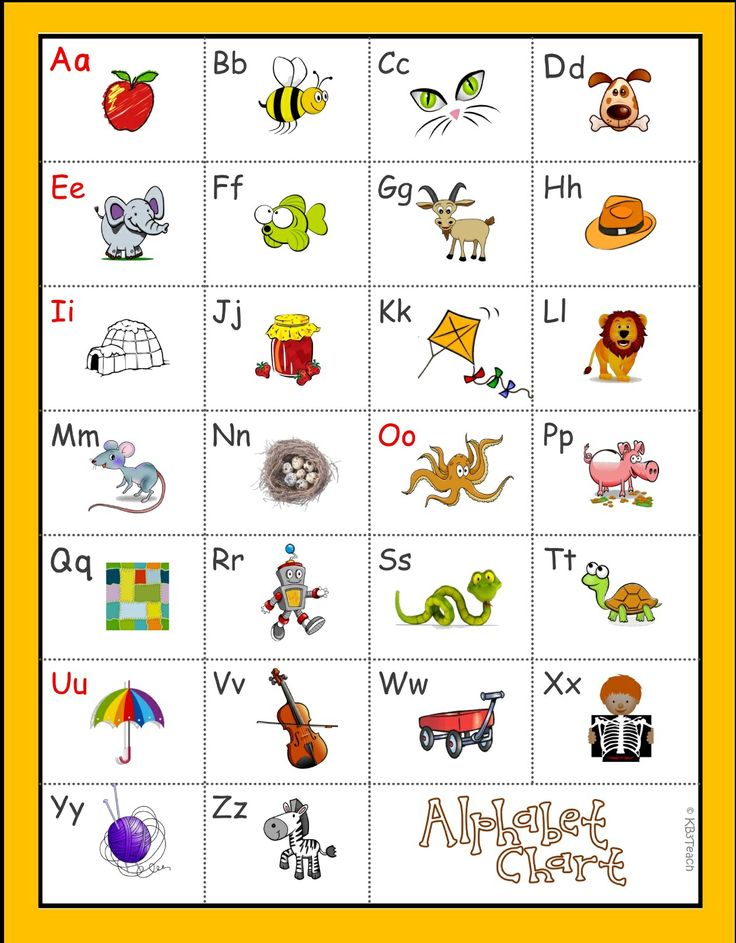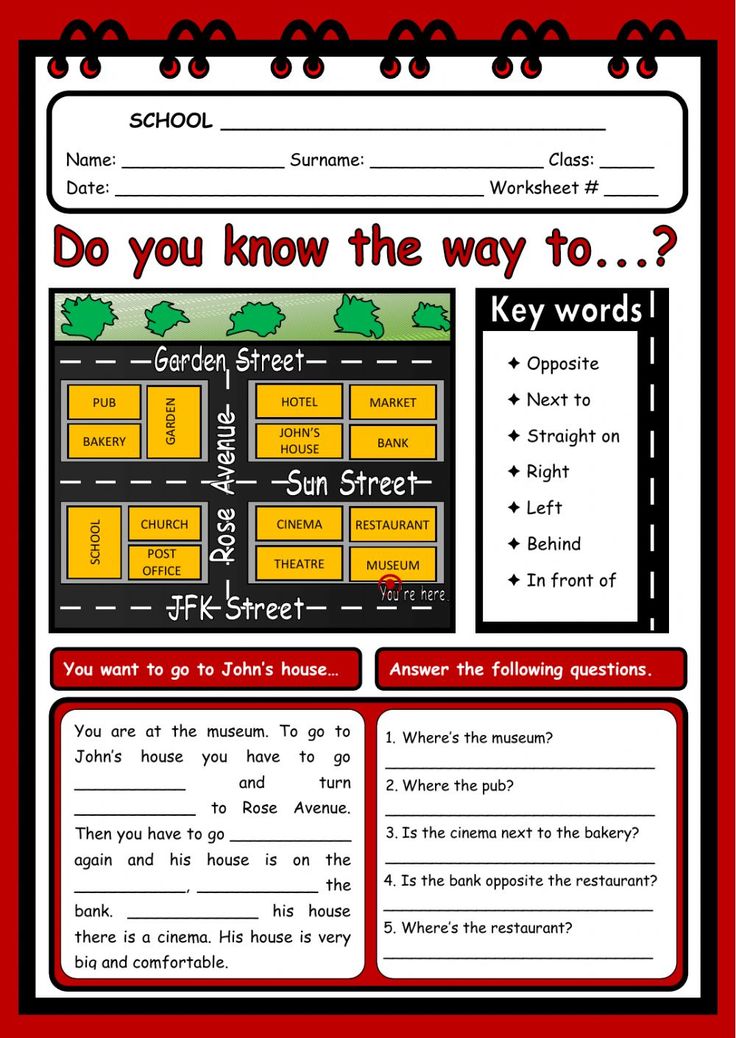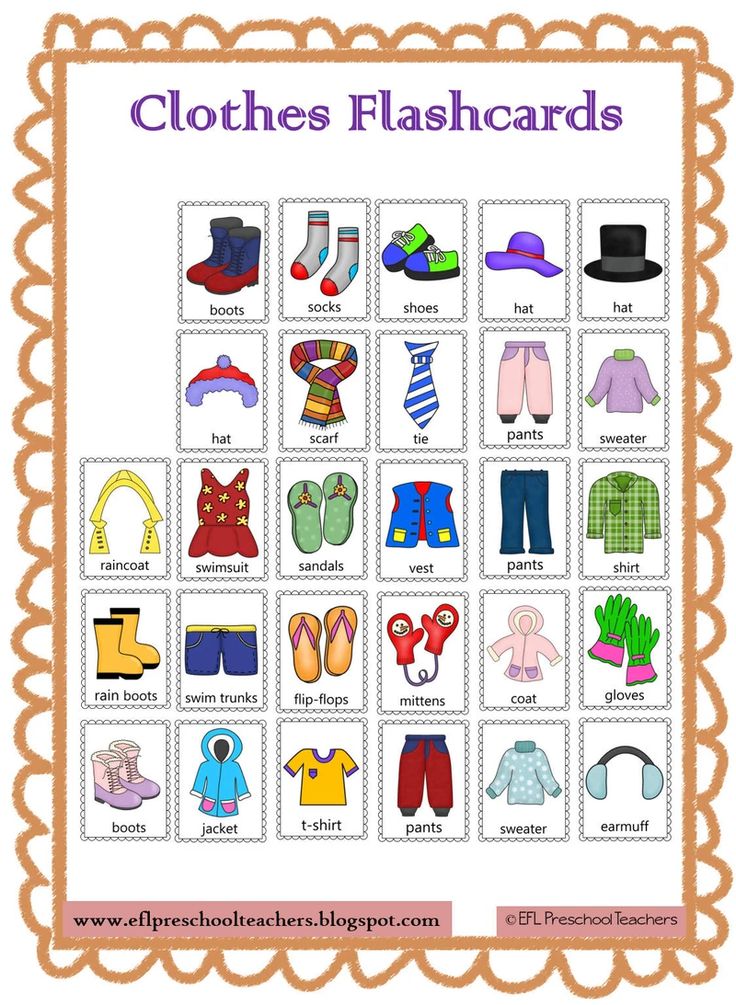Kid history 2
Kid History the party game!
Kids rewriting history in the fun family game, Kid History.One of our favorite series of YouTube videos to watch is Bored Shorts TV Kid Snippets. For those unfamiliar, Kid Snippets are short episodes of kids telling stories with adults acting them out. They’re a ton of fun.
And perhaps the best part is how family-friendly they are. In fact, that’s what they’re all about – family.
So we were super excited when we found out that they’re creating a game!
Appropriately enough, the game is called Kid History – The Party Game (like the web series that started it all) and Brooke is happy to show you what the game is all about.
Can the whole family enjoy Kid History – the Party Game?Absolutely!
That’s what the whole game is about – family fun.
Just like the video series, Kid History – The Party Game is meant for families to enjoy together.
That being said, because there’s reading involved we don’t expect many toddlers will join in the game. Of course, they could team up with a parent to play.
It’s own unique twist
Having seen many games with similar rules, we know that Kid History – The Party Game isn’t unique in how the game is played – with one judge picking their favorite from submitted cards each round. The most famous of this type of game is Apples to Apples. But that doesn’t mean Kid History isn’t fun in its own right.
Playing Kid History on our recent family vacation.We like the unique twist of matching silly statements from kids with historical quotes. History will never quite be the same.
Since playing the game with our family, every time Paul Revere’s famous ride is mentioned, in the back of mind will be him shouting, “Beware the wicked tomato!”
And at the same time, many of the historical moments may not be familiar to family members. Which is why we also like that the real statements are printed in grey at the bottom of each card. It can be a bit of a history lesson at the same time.
Which is why we also like that the real statements are printed in grey at the bottom of each card. It can be a bit of a history lesson at the same time.
We highly recommend taking part in the Kickstarter campaign for Kid History.
Get in on a fun game and even have a chance of getting a quote from your kids in the game!
Check out Bored Shorts TV
If you haven’t seen Kid History and Kid Snippets on Bored Shorts TV, you’re missing out. Check out some of their videos and of course, check out the Kid History game!
Here’s their most recent Kid Snippets video – Cooking Pie.
And a couple of our favorites – Math Class and Josh Groban Backstage.
> Receive New Board Game Reviews and Articles in your Email
Amazon.com Widgets
Kids II History: Founding, Timeline, and Milestones
Kids II Company History Timeline
1969
In 1969, Pansy patented her bath design, developed a prototype, and took it to a New York City trade show.
1975
By 1975, at the age of 55, Pansy Ellen Essman was able to leave her $3.50 an hour job with the electronics firm and begin nationwide distribution of her invention.
1978
Tom Gunnigle joined her in 1978 to establish the company, which soon expanded from one product into new products and categories, including high chairs, baby food organizers, and nursery lamps.
1980
When Tom moved the headquarters to Atlanta in 1980, there were only 25 employees.
1992
In 1992, the company debuted its products in Toys "R" Us stores.
1993
The company re-branded in 1993 and changed its name to Kids II, Inc.
1998
In 1998, Ryan Gunnigle was named the president of Kids II. Under Ryan’s leadership and vision, the company experienced a period of rapid growth as it opened offices around the world, with Hong Kong as its first international office.
2005
In 2005, Ryan Gunnigle purchased the company from his father and became President and CEO. Under Ryan’s direction, the company reached $100 million in sales within two years.
2010
The Savannah College of Art and Design (SCAD) partnered with the company in December, 2010.
The company also extended its product line launching the Ingenuity™ brand in 2010, acquiring Rhino Toys™ (now Oball™), the Taggies™ brand, and the Baby Einstein™ brand from Disney®.
2011
The company was also a finalist in the 2011 Georgia Family Business Awards in the large business category.
2012
The new offices were a finalist in the Design category for the Atlanta Business Chronicle’s 2012 Best in Atlanta Real Estate Awards.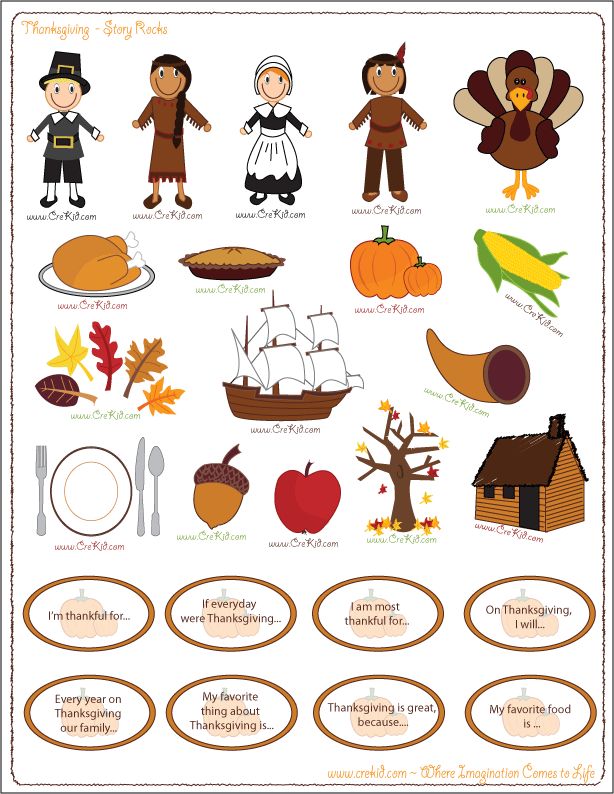
Work At Kids II?
Share Your Experience
Founded
1969
Headquarters
Atlanta, GA
Get Updates for Jobs and News
Kids II Similar Companies
Find Jobs from Similar Companies
Personalize your job search. Where would you like to work?
Kids II History FAQs
How Old Is Kids Ii?
Kids II is 54 years old.
Updated September 9, 2022
Zippia gives an in-depth look into the details of Kids II, including salaries, political affiliations, employee data, and more, in order to inform job seekers about Kids II. The employee data is based on information from people who have self-reported their past or current employments at Kids II. The data on this page is also based on data sources collected from public and open data sources on the Internet and other locations, as well as proprietary data we licensed from other companies. Sources of data may include, but are not limited to, the BLS, company filings, estimates based on those filings, h2B filings, and other public and private datasets.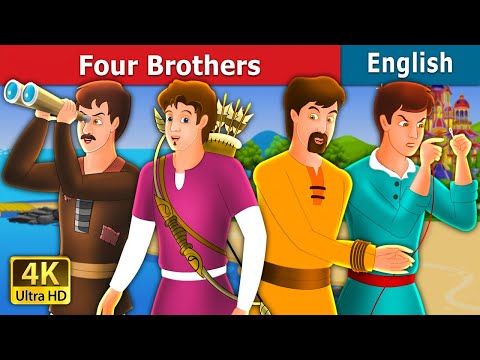 While we have made attempts to ensure that the information displayed are correct, Zippia is not responsible for any errors or omissions or for the results obtained from the use of this information. None of the information on this page has been provided or approved by Kids II. The data presented on this page does not represent the view of Kids II and its employees or that of Zippia.
While we have made attempts to ensure that the information displayed are correct, Zippia is not responsible for any errors or omissions or for the results obtained from the use of this information. None of the information on this page has been provided or approved by Kids II. The data presented on this page does not represent the view of Kids II and its employees or that of Zippia.
Kids II may also be known as or be related to Kids II, Kids II, Inc., Kids Ii, Kids Ii Inc. and Pansy Ellen Products, Inc.
Read online "History of Russia in stories for children", Alexandra Ishimova - Litres
© LLC AST Publishing House, 2019
Chapter I
Slavs and their neighbors
About a thousand years ago, in the land where the Russian kingdom is now, there were no such large cities as St. Petersburg or Moscow. And the cities were not called what they are now.
It is known what a family is. Families related to each other make up genus ; clans that have descended from one person make up a tribe, and kindred tribes make up peoples. In the Russian land, each clan lived in the old days separately. Only in places where it was dangerous from animals or from strangers, several clans lived together. And they didn't live well. There were no stone houses at all, and even wooden huts were built somehow, more like huts. Such and such huts were fenced with a wattle fence or a fence so that the beast or the enemy could not quickly get through. This is what was called the city then. Yes, and there were few such cities at that time, but they simply lived apart, among forests and swamps, so it was difficult to find a way to housing. This was done in order to better hide from enemies. And there were many enemies.
In the Russian land, each clan lived in the old days separately. Only in places where it was dangerous from animals or from strangers, several clans lived together. And they didn't live well. There were no stone houses at all, and even wooden huts were built somehow, more like huts. Such and such huts were fenced with a wattle fence or a fence so that the beast or the enemy could not quickly get through. This is what was called the city then. Yes, and there were few such cities at that time, but they simply lived apart, among forests and swamps, so it was difficult to find a way to housing. This was done in order to better hide from enemies. And there were many enemies.
Today, if people quarrel or want to own the same thing, they can sue. There are laws by which judges decide who is right and who is wrong. There were no laws then. In each clan, the elder commanded and was called the foreman. He judged in his own way. And if it happened that someone from one clan quarreled with someone from another clan, then the foremen of both clans resolved the dispute.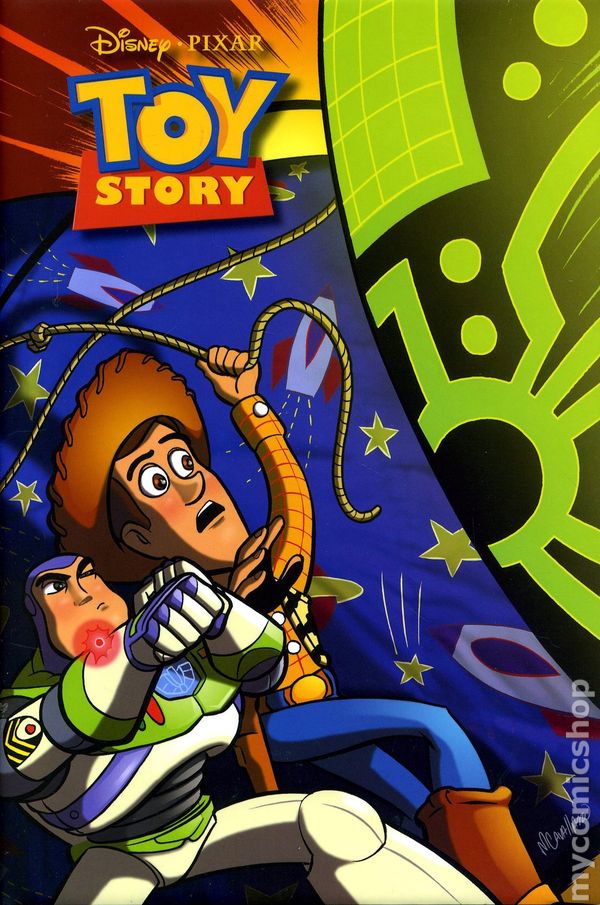 But if one foreman judges this way, and another differently, then it happened that things even came to quarrels. And yet, that was the trouble. If it happened that someone was killed in a quarrel, his relatives thought that for this it was imperative to kill the one who did it. And for that, his relatives stood up. Enmity and war between clans began, they robbed each other and killed many people.
But if one foreman judges this way, and another differently, then it happened that things even came to quarrels. And yet, that was the trouble. If it happened that someone was killed in a quarrel, his relatives thought that for this it was imperative to kill the one who did it. And for that, his relatives stood up. Enmity and war between clans began, they robbed each other and killed many people.
Although, they say, the holy apostle Andrew preached in these places, only after his preaching almost 800 years passed, and people completely forgot that they had heard about the faith of Christ.
The main people who lived on the present Russian land were called Slavs. They believed that there were two gods: one white, kind, sun, light; the other is black, evil, dark. The Slavs thought that these gods were at war with each other: the belbog wants all the good, and the black god wants all the bad; during the day, the belbog, the sun, wins, and at night, the chernobog, darkness.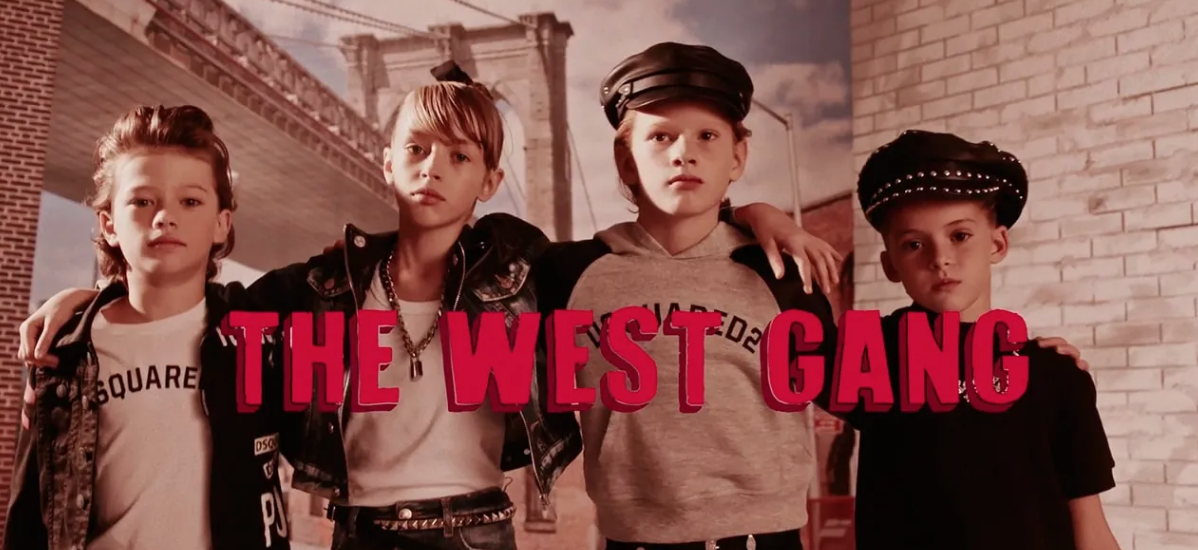 Then they came up with the idea that lightning is stronger than the sun, because it and the night wins. Lightning something they called Perun and began to worship her. But how can you worship her? After all, lightning is rare and not at the time when a person wants. So they began to make idols of wood and called them Peruns, they prayed to them like lightning, and then they began to think that these idols themselves were gods. And one Perun is not enough - many gods were invented. They began to believe that the god Volos has power over the herds, Stribog has power over the winds, as if goblin lives in the forest, brownies in houses, water and mermaids in the water, as if there are still ghouls, kikimoras. Another people who lived at that time on the Russian land, the Finns, also had many gods, whose names are unknown.
Then they came up with the idea that lightning is stronger than the sun, because it and the night wins. Lightning something they called Perun and began to worship her. But how can you worship her? After all, lightning is rare and not at the time when a person wants. So they began to make idols of wood and called them Peruns, they prayed to them like lightning, and then they began to think that these idols themselves were gods. And one Perun is not enough - many gods were invented. They began to believe that the god Volos has power over the herds, Stribog has power over the winds, as if goblin lives in the forest, brownies in houses, water and mermaids in the water, as if there are still ghouls, kikimoras. Another people who lived at that time on the Russian land, the Finns, also had many gods, whose names are unknown.
The two main peoples who then lived in present-day Russia, the Slavs and the Finns, were divided into tribes. The Slavic tribes were: glades, drevlyans, lutichs, tivertsy, croats, buzhans, polochans, dregovichi, northerners, vyatichi, radimichi, krivichi.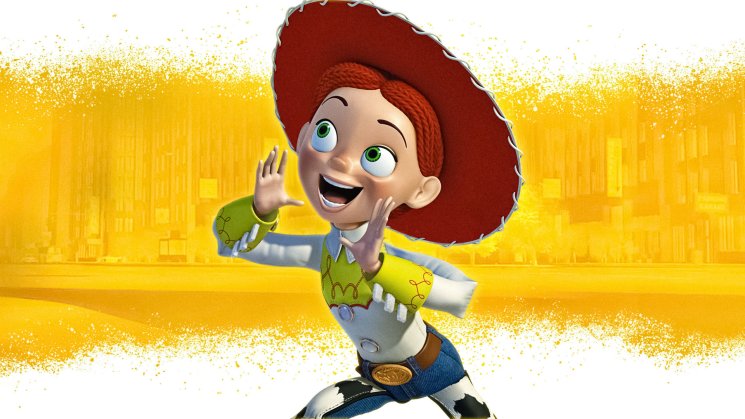 Finnish tribes: Chud, Narova, Izhora, Yam, Korela, All, Perm, Merya, Muroma, Cheremis, Mordva.
Finnish tribes: Chud, Narova, Izhora, Yam, Korela, All, Perm, Merya, Muroma, Cheremis, Mordva.
The Slavs were stronger, more beautiful and more courageous than the Finns. Then there were still no cannons, no guns, no pistols, they did not know gunpowder, but they fought with spears, darts, swords, sabers, knives, daggers, arrows; the arrows were still smeared with poison. A sword is like a saber, only the sword is straight, and the saber is curved. The dagger looked like a knife, only they prick, not cut. A dart is a small spear used to throw at enemies. They also put on shells and covered themselves with shields. The shell is a steel caftan, and the shield is a round or quadrangular board with a handle, upholstered in leather. In shells, only eminent and rich people went out to fight.
The same foremen commanded the troops, and there was no order, who fought where he wanted and how he wanted. That is why the Slavs were sometimes defeated by such peoples, whom they were braver. And the Slavs were famous for their courage. Some of them were conquered by the people of the Avars, and when the Avar Khan Bayan went to war, there were Slavs in his army, and he always put them ahead of everyone else. Sometimes the Avars deliberately left them in the midst of enemies, and the Slavs never gave up without a fight - they would die to the last, and not surrender.
And the Slavs were famous for their courage. Some of them were conquered by the people of the Avars, and when the Avar Khan Bayan went to war, there were Slavs in his army, and he always put them ahead of everyone else. Sometimes the Avars deliberately left them in the midst of enemies, and the Slavs never gave up without a fight - they would die to the last, and not surrender.
The Slavs were very honest: if they promise something, they will certainly keep their word. When a Slav says: “If I don’t keep my word, I’ll be ashamed,” then you can safely rely on this word. Perhaps, since then, a proverb has appeared: “If you don’t give a word, be strong, but if you give it, hold on,” because just as we ourselves, Russians, descended from the Slavs, so our language is from the Slavic.
The Slavs also liked to treat their guests. Leaving the house, they left unlocked doors and food for anyone who decides to come in. And if a guest comes when they themselves are at home, they tried so hard to regale him with everything that God sent. Even that's what their custom was. For theft, if they caught a thief, they killed him on the spot, but here, if a guest comes to a poor man who has nothing to treat him with, this person was allowed to steal from a neighbor, only there would be something to treat the guest. And the Slav will not give a guest an offense to anyone: he would rather die himself, and not allow him to do any harm.
Even that's what their custom was. For theft, if they caught a thief, they killed him on the spot, but here, if a guest comes to a poor man who has nothing to treat him with, this person was allowed to steal from a neighbor, only there would be something to treat the guest. And the Slav will not give a guest an offense to anyone: he would rather die himself, and not allow him to do any harm.
Then they dressed the way our peasants do now, only they put on baskets and cloaks. It's like epanchi. Earrings and men wore; and richer women wore gold, silver and copper chains around their necks, necklaces of green beads, on their chests small boxes of gold, silver or copper, depending on the condition. There was a ring on the box, and a large knife was tied to the ring.
Young readers must have heard of East, West, North and South. If we stand facing the place where the sun rises, then we will have the east in front of us, noon on the right hand, west behind us, and midnight on the left hand.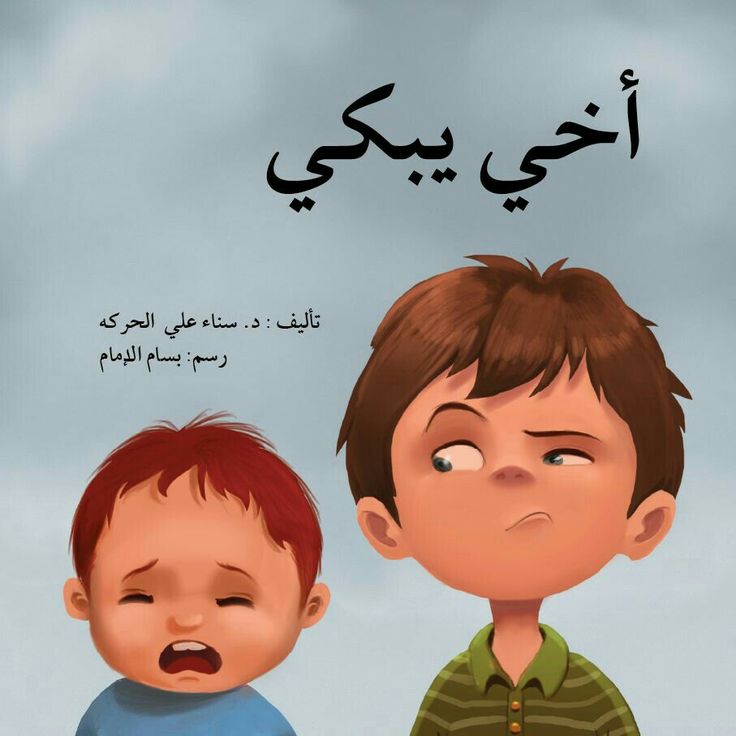 And noon is also called south, midnight - north.
And noon is also called south, midnight - north.
Then the whole Russian land, except for the southern and northernmost parts, was covered with forests. There were such forests that roads were not laid in them, but more along the rivers and along the rivers they traveled. They settled around them. There were many different animals in the forests: bears, wolves, foxes, buffaloes, deer. There were even beavers and sables, the skins of which are very expensive and which are not now in the Russian forests. Slavs and Finns hunted by catching animals. In their land there were many rivers and lakes rich in fish, so they were also engaged in fishing.
As long as a people lives only by these two trades, they are very poor. You will not be lucky in the fields, so at least die of hunger. And it really happened that the trappers died from lack of food. When the people become more daring, they seek out more profitable trades for themselves: either they start herds of domestic animals - horses, cows, sheep, etc. , or they will be engaged in arable farming. The Slavs and Finns did not have large herds. But some of their tribes were successfully engaged in arable farming. Maybe the clearings are named so that they had many fields. A lot of honey was also mined in the Russian land. Slavs and Finns traded bread, furs, honey and wax, that is, they exchanged them for other things.
, or they will be engaged in arable farming. The Slavs and Finns did not have large herds. But some of their tribes were successfully engaged in arable farming. Maybe the clearings are named so that they had many fields. A lot of honey was also mined in the Russian land. Slavs and Finns traded bread, furs, honey and wax, that is, they exchanged them for other things.
To the south of the Slavic land was the Black Sea and the land of Greece. The Greeks were a rich people. Their main city was called Tsargrad. It is also called Constantinople and Byzantium. It was larger than today's Petersburg and was not inferior to it in wealth. This city is not far from the Black Sea, and the Dnieper River flows into this sea, along which the land of the glades lay - along this sea and river it was possible to travel from the Greek to the Slavic land. It was with the Greeks that the main trade of the Slavs was. They say that a Slav named Kiy settled on the Dnieper with his family, who transported across this river and became rich. The city of Kyiv is allegedly named from him. Near Kyiv there are mountains Khorevitsa and Shchekavitsa and the river Lybed, so later it was thought that Kiy had brothers Shchek and Khorev and sister Lybid, and those mountains and the river were named from them.
The city of Kyiv is allegedly named from him. Near Kyiv there are mountains Khorevitsa and Shchekavitsa and the river Lybed, so later it was thought that Kiy had brothers Shchek and Khorev and sister Lybid, and those mountains and the river were named from them.
South of Kyiv, along the Dnieper, Bug and Dniester rivers, all steppes. For a thousand years there was no arable farming at all, and peoples lived who had many herds. If in one place they lacked food for the herds, then they moved to another place. Therefore, they did not have houses in one place, and where they come, they put up their wagons or tents there, and they live in them. These steppes are not only near the Black Sea, but go further east for many thousands of miles, to the part of the world that is called Asia [1] . In these steppes, even in our time, many peoples roam, that is, they move from place to place, and in former times, different nomadic peoples walked one after another from east to west and constantly drove out one another. These peoples were the Khazars. Their sovereign was called a kagan, he was very rich and lived in a stone palace. He was of the Jewish faith, while the Khazars were some Christians, others Jews, others of the Mohammedan faith. The Khazars defeated the Slavic tribes who lived closer to them, and forced them to pay tribute, or tribute. They say that the glade first gave them tribute with swords, and the Khazar elders, when they looked at these swords, said: “We will later pay tribute to them, because their swords are sharp on both sides, and we have only one.” Then the meadows began to pay them a squirrel from smoke, that is, from housing.
These peoples were the Khazars. Their sovereign was called a kagan, he was very rich and lived in a stone palace. He was of the Jewish faith, while the Khazars were some Christians, others Jews, others of the Mohammedan faith. The Khazars defeated the Slavic tribes who lived closer to them, and forced them to pay tribute, or tribute. They say that the glade first gave them tribute with swords, and the Khazar elders, when they looked at these swords, said: “We will later pay tribute to them, because their swords are sharp on both sides, and we have only one.” Then the meadows began to pay them a squirrel from smoke, that is, from housing.
In addition to the Slavs and Finns, peoples also lived in the Russian land: Lithuania, Yatvingians, Kors, Div, Letgola.
The most ancient cities of the Finns: Rostov, Murom, Beloozero.
And the Slavs had other cities besides Kyiv: Novgorod, Polotsk, Smolensk. The places where these cities stood were also a trade route. Boats were dragged from the Dnieper River to the Lovat River, which flows into Lake Ilmen. The Volkhov River emerges from Ilmen and flows into Lake Ladoga. Novgorod is on the Volkhov. From Lake Ladoga, the Neva River flows into the sea, which is now called the Baltic, and in the old days was called the Varangian.
Boats were dragged from the Dnieper River to the Lovat River, which flows into Lake Ilmen. The Volkhov River emerges from Ilmen and flows into Lake Ladoga. Novgorod is on the Volkhov. From Lake Ladoga, the Neva River flows into the sea, which is now called the Baltic, and in the old days was called the Varangian.
A brave people lived beyond this sea: the Slavs called them Varangians, while others called them Normans. The land of the Normans is not grain-growing, it is difficult to cultivate it, and the sea is close. So they have long been accustomed to sailing the sea and robbing whoever they came across on the sea or on the shores. And then from the sea they began to make their way along the rivers and into different lands and brought such fear to those lands that even in churches there was a special prayer: “Save us, Lord, from the Normans.”
The Normans loved to fight so much that they came up with the idea that in the next world, in paradise, they would only do what to fight and feast. They even had such hunters to fight that suddenly, for no reason at all, they began to fight among themselves, they swallowed fire, gnawed at iron.
They even had such hunters to fight that suddenly, for no reason at all, they began to fight among themselves, they swallowed fire, gnawed at iron.
The Varangians knew that Greece was rich, and made their way there, some to rob, others to trade, and others to serve the Greek sovereigns, who paid dearly for this. And the Varangians went there through the Slavic land, namely along Lake Ladoga and further, along the Dnieper and the Black Sea to Tsargrad.
Chapter II
Rurik. - Oleg. – Igor
The Normans forced the Novgorodians and another Slavic tribe, and even three Finnish tribes, to pay tribute to them. However, the Slavs and Finns coped, drove out the uninvited guests and began to live as before. Yes, they didn't live that long. There were many riots, but the truth was not respected. There will be a dispute among people from different clans, foremen will come together to judge them, each stands up for his own family. And the families began to fight with each other.
And there was a custom then, if there was some important business, then the elders of the whole tribe or even from several tribes, who lived together in harmony, would gather in one place. Here the foremen of the tribes who drove out the Varangians gathered and began to think how they could get rid of the unrest. How to do it? The trouble came from the fact that there was no truthful judge. If there were such a judge, then the Slavs would begin to live peacefully among themselves. But where do you get it from? It is impossible to choose such a judge from the Slavs or Finns: he will again do injustice for his own. We need a judge from among strangers - he will judge more accurately. And besides, such a judge needs to have the strength, so that if the defendant is stubborn, then he would force him to obey. And the Slavs decided to look for judges in a foreign land, namely among the Varangians. They heard that in one kind of Varangian [2] , which was called Russia, there are three princes who judge truthfully, and good warriors, so that they will be able to force their subjects to obey, and they will not be allowed to offend anyone.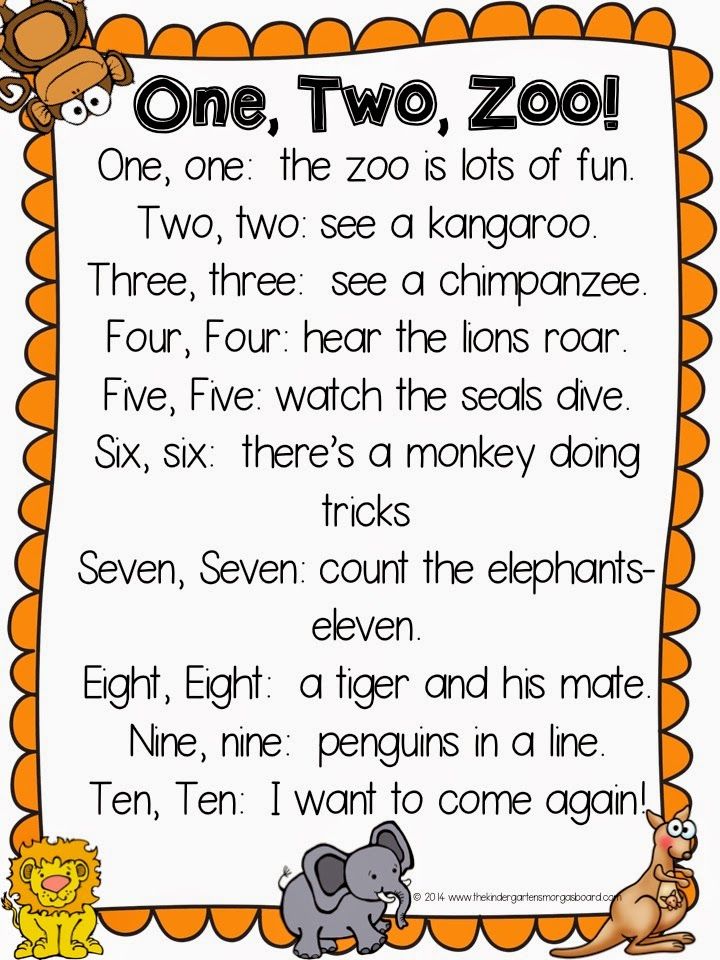 These brothers were called: Rurik, Sineus and Truvor. So the Slavs sent ambassadors to them. The ambassadors came, bowed to these princes and said: "Our land is great and plentiful, but we have no order, come to reign and rule over us." These princes agreed to their request and came to them with all their family and retinue.
These brothers were called: Rurik, Sineus and Truvor. So the Slavs sent ambassadors to them. The ambassadors came, bowed to these princes and said: "Our land is great and plentiful, but we have no order, come to reign and rule over us." These princes agreed to their request and came to them with all their family and retinue.
Those who followed some prince or chief military leader went to war were called squads. They were not related to him, and therefore they served, because they hoped to get more booty with him, and for sure, the good prince loved his squad very much and took care of it.
Rurik and his brothers came to the Slavic land and brought with them all of their Russian family, which is why the land where they began to reign was called Rus.
It happened in 862 after the Nativity of Christ. So, now more than a thousand years, as it happened, then the Russian state began. Rurik, Sineus and Truvor began to judge the Slavs and Finns who called them up, defended them from enemies, and they paid tribute to them for this.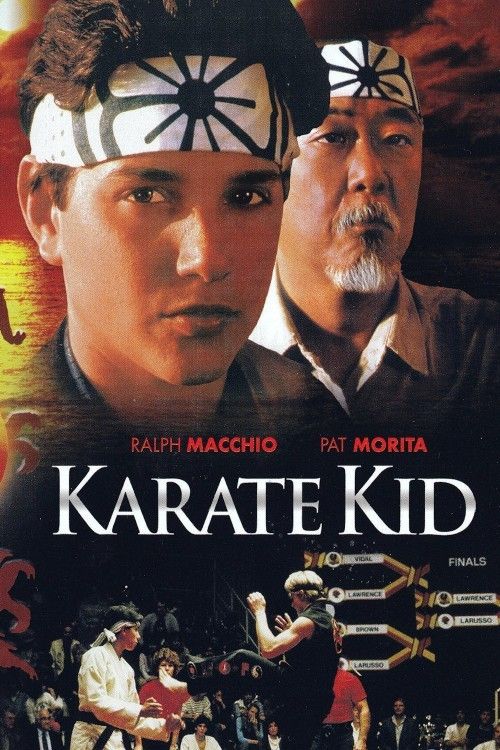 They paid tribute as much as the prince appointed. He himself went after her every year.
They paid tribute as much as the prince appointed. He himself went after her every year.
Sineus began to reign in the city of Beloozero, Truvor - in Izborsk, and Rurik - first in Ladoga, then in Novgorod. His brothers died, and he began to rule all of Russia. She just wasn't big. Today we have such provinces that are larger than all of Rus' at that time. However, the Norman princes immediately began to increase their land, conquered the cities of Polotsk, Murom, Rostov. It became better for the Slavs under the rule of the princes, the mess ended. The princes began to judge by the truth, and if someone did not obey, they were punished. Novgorodians took it into their heads to be self-willed, but Rurik pacified them. And none of the neighbors began to offend them. However, he himself judged only in Novgorod, and in other cities he planted boyars, who began to judge instead of the prince, which is why they were called governors. These boyars were from the princely squad. In it, the older, most important people were called boyars, and the smaller ones - Gridny and howls.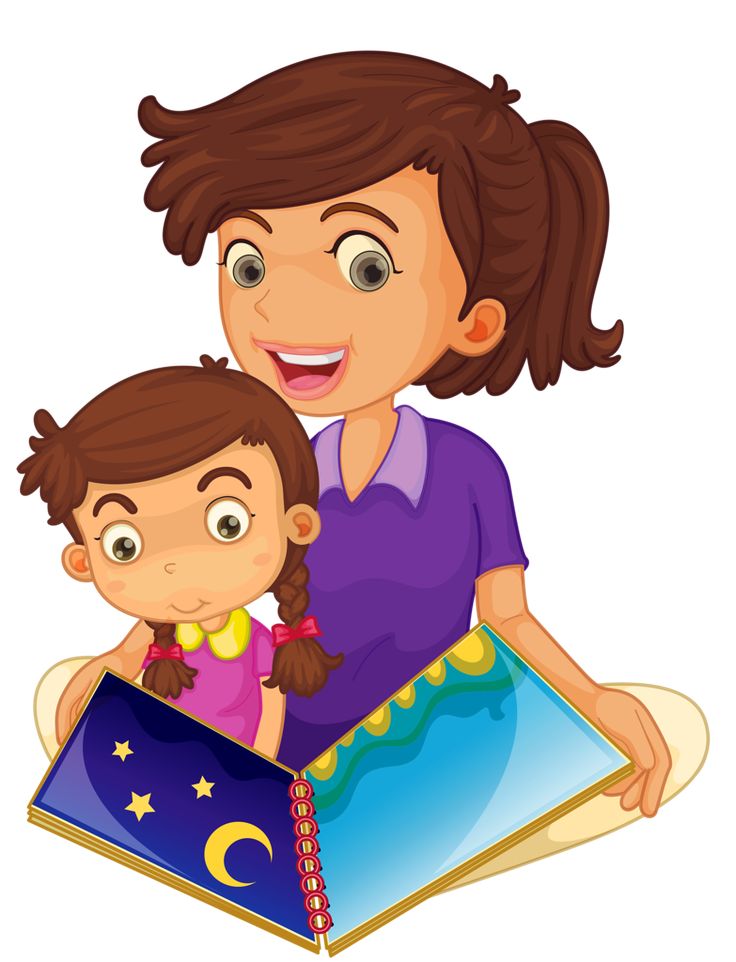 The prince's servants were called lads. Anyone could ask to join the princely squad and, perhaps, rise to the rank of boyar in it. The most glorious boyars also had their squads. The governors had great benefits.
The prince's servants were called lads. Anyone could ask to join the princely squad and, perhaps, rise to the rank of boyar in it. The most glorious boyars also had their squads. The governors had great benefits.
There were two warriors from Rurik's squad, Askold and Dir, who also wanted to be governors, but he did not give them cities. They asked him to go to Tsargrad to serve the Greek emperor. Rurik let them go. So they sailed along the Dnieper with their family and saw Kyiv. They asked whose city it was, they learned that it pays tribute to the Khazars. They stopped here. Quite a few Varangians gathered around them, who still continued to go this way to Tsargrad to serve. The Kievans began to pay tribute to them instead of the Khazars; they defeated the neighboring Slavs and began to reign in Kyiv. When Askold and Dir became stronger here, they decided to go to Tsargrad no longer to serve, but to fight, and sailed there on two hundred ships. And the Greek army at that time fought in another place.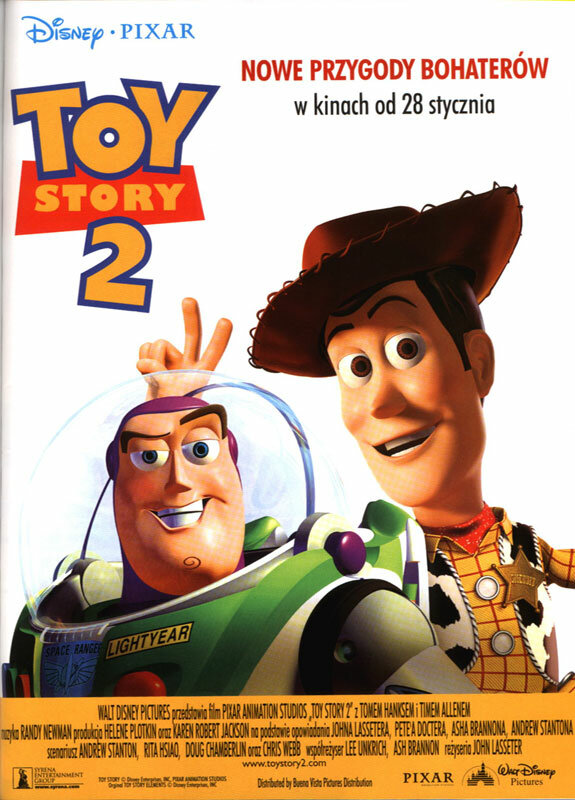 The Russians began to plunder the environs of Tsargrad, terrified the city itself. There was a Blachernae church in it, where the robe of the Mother of God was kept. The main Greek bishop, who was called the patriarch, performed a prayer service and carried this robe around the walls of the city. A storm arose, the Russian boats were wrecked, they themselves barely escaped to the shore and began to ask for peace, and when they knew everything that had happened, they wanted to become Christians. The Greeks were very happy about this, baptized Askold and Dir and the rest of their squad, gave them gold and silver, silk fabrics, and they returned to Kyiv. They did not live in harmony with Rurik, attacked his southern lands, accepted those who left Novgorod for them. But Rurik soon died; his son Igor was only two years old, and the eldest in the Rurik family, Oleg, began to rule northern Russia.
The Russians began to plunder the environs of Tsargrad, terrified the city itself. There was a Blachernae church in it, where the robe of the Mother of God was kept. The main Greek bishop, who was called the patriarch, performed a prayer service and carried this robe around the walls of the city. A storm arose, the Russian boats were wrecked, they themselves barely escaped to the shore and began to ask for peace, and when they knew everything that had happened, they wanted to become Christians. The Greeks were very happy about this, baptized Askold and Dir and the rest of their squad, gave them gold and silver, silk fabrics, and they returned to Kyiv. They did not live in harmony with Rurik, attacked his southern lands, accepted those who left Novgorod for them. But Rurik soon died; his son Igor was only two years old, and the eldest in the Rurik family, Oleg, began to rule northern Russia.
Oleg was a cunning person. First, he took the cities of Smolensk and Lyubech, which stood on the road from Novgorod to Kyiv; then he gathered a large army from all the peoples subject to him and sailed to Kyiv in boats.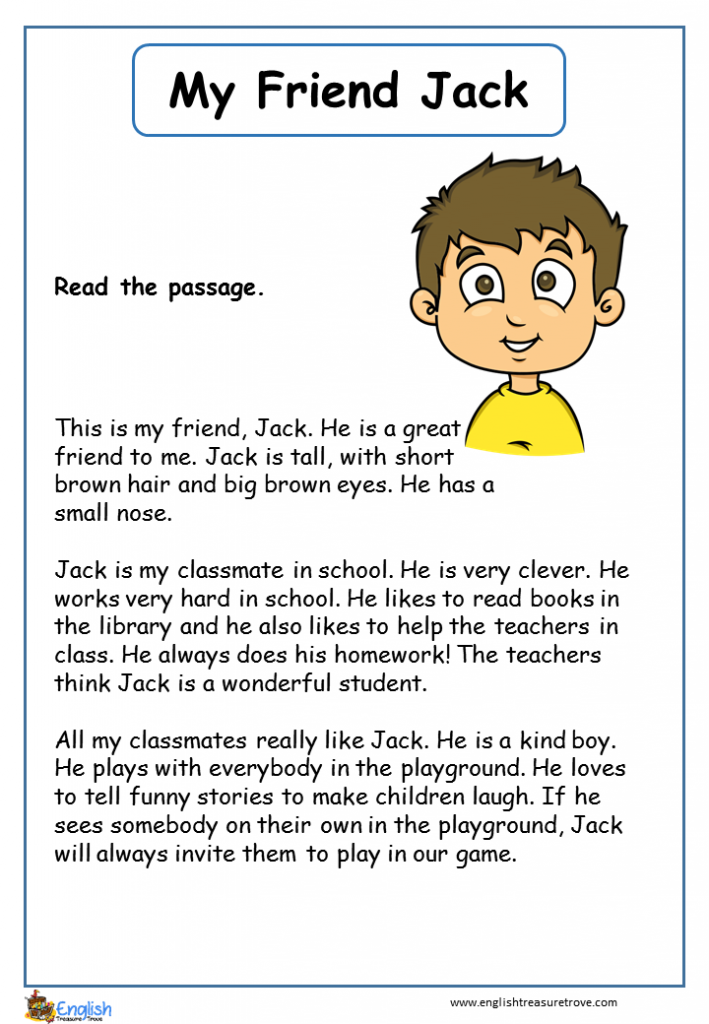 He only left most of the boats behind, hid for the rest of the soldiers, sailed to Kyiv and sent to tell Askold and Dir that the Varangian merchants had arrived, but they were not well, that's why they ask the princes to come to their ships. The princes believed, took a few people with them, came to the ships to Oleg, and he went out to them with the young Igor in his arms and said: "You are not princes, but the son of Rurik." And at that very moment his soldiers came out from under the decks of the ships, rushed to Askold and Dir and killed them.
He only left most of the boats behind, hid for the rest of the soldiers, sailed to Kyiv and sent to tell Askold and Dir that the Varangian merchants had arrived, but they were not well, that's why they ask the princes to come to their ships. The princes believed, took a few people with them, came to the ships to Oleg, and he went out to them with the young Igor in his arms and said: "You are not princes, but the son of Rurik." And at that very moment his soldiers came out from under the decks of the ships, rushed to Askold and Dir and killed them.
Oleg really liked Kyiv: it is warmer in Kyiv, and everything will be born well, and the land is rich. He said: "Let Kyiv be the mother of Russian cities," and began to live in it, and left the governor in Novgorod. But between Novgorod and Kyiv there were still Slavic tribes that were not yet subject to Oleg. He conquered all of them, although of them the Drevlyans and northerners fought very bravely with him. The Khazars, to whom the northerners had previously paid tribute, could not intercede for them, because at that time they were at war with the nomadic people of the Pechenegs, who reappeared near the Black Sea. These Pechenegs were terrible robbers. But they will be discussed further, and now listen to what Oleg did. He decided to go to Constantinople and gathered an army from all the tribes that were subject to him, so that, they say, he had, in addition to the cavalry, two thousand ships and each with forty soldiers.
These Pechenegs were terrible robbers. But they will be discussed further, and now listen to what Oleg did. He decided to go to Constantinople and gathered an army from all the tribes that were subject to him, so that, they say, he had, in addition to the cavalry, two thousand ships and each with forty soldiers.
In the old days, there were people who wrote down everything that happened in their presence in the Russian land. Their writings are called chronicles. Only in the time of Oleg there were no such chroniclers. The first Russian chronicler, the Monk Nestor, lived two hundred years after Oleg and heard from the old people about the deeds of this prince, and the old people were not averse to adding; therefore, the Monk Nestor at least wrote down their story in the chronicle, but this story cannot be completely trusted. They said that the Greeks did not dare to meet the Russians in the field, but blocked the pier with chains, locked themselves in Constantinople, but Oleg's army burned the whole neighborhood, and the prince ordered the boats to be dragged over the land to the pier. At the same time, the narrators invented that Oleg ordered to put the boats on wheels and unfurl the sails, and as if the boats rolled from the wind. The Greeks were frightened, began to ask for peace and sent food and drink to Oleg's army. Only he did not order to touch anything, and did well, because there was poison in both the drink and the food. So Oleg outwitted the Greeks. So they see that there is nothing to do, agreed to give him a rich tribute. Then they reconciled and made an agreement. The Greeks undertook to give food supplies to the Russian people who would come to Tsargrad to trade, and the Russians undertook not to plunder the Greek lands. They also agreed what to do in case of murder or theft of Russians from Greeks or Greeks from Russians. The Russians agreed to help the Greek ships, which will be thrown by the wind onto a foreign land. The Greeks undertook to redeem the Russians from captivity, and the Russians the Greeks.
At the same time, the narrators invented that Oleg ordered to put the boats on wheels and unfurl the sails, and as if the boats rolled from the wind. The Greeks were frightened, began to ask for peace and sent food and drink to Oleg's army. Only he did not order to touch anything, and did well, because there was poison in both the drink and the food. So Oleg outwitted the Greeks. So they see that there is nothing to do, agreed to give him a rich tribute. Then they reconciled and made an agreement. The Greeks undertook to give food supplies to the Russian people who would come to Tsargrad to trade, and the Russians undertook not to plunder the Greek lands. They also agreed what to do in case of murder or theft of Russians from Greeks or Greeks from Russians. The Russians agreed to help the Greek ships, which will be thrown by the wind onto a foreign land. The Greeks undertook to redeem the Russians from captivity, and the Russians the Greeks.
Oleg hung his shield on the gates of Constantinople and returned to Kyiv with a lot of gold, expensive fabrics, wine, fruits and vegetables that grow in Greece, and the people called him prophetic, that is, a sage.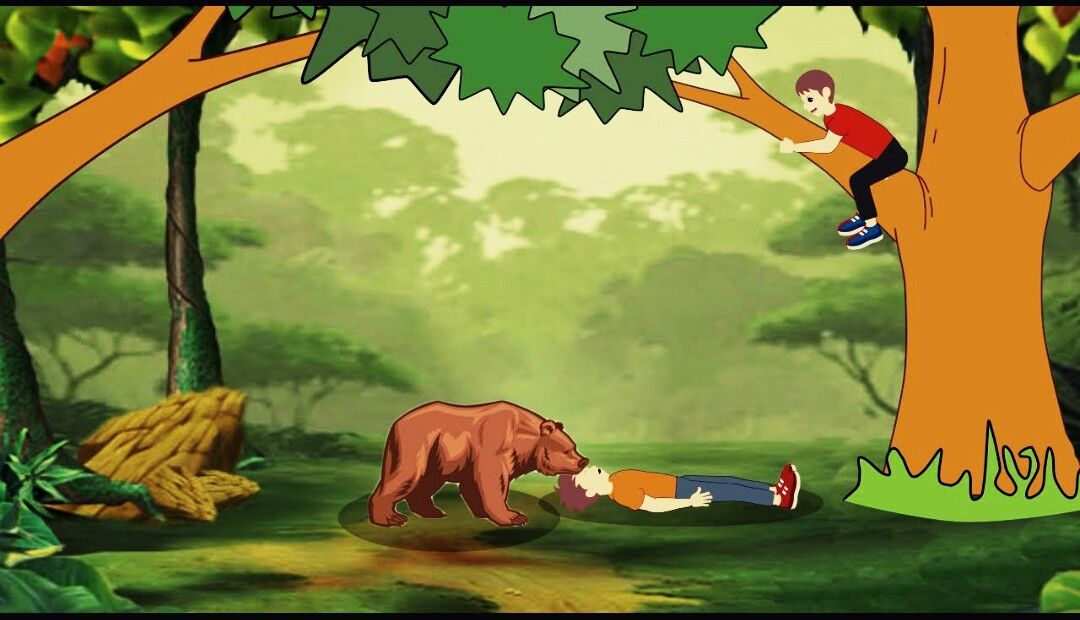
Igor was already over twenty years old, but he obeyed Oleg in everything. Igor loved to hunt. Once he was hunting in the Pskov region and saw a beautiful girl, got into a conversation with her and found out that she was modest and smart. He liked her very much, and with Oleg's permission he married her. Her name was Olga. While Oleg went to Tsargrad, Igor stayed in Kyiv.
Oleg, both before the campaign and after the campaign, tried a lot to arrange the Russian land, traveled around it, did justice and reprisals, and established tribute. All the people loved him very much. Here is what they say about his death. There were many Magi, or sorcerers, that is, sorcerers. Oleg asked one of them what he would die of? And the sorcerer says: "From your beloved horse." Oleg stopped riding this horse, ordered him to rest and groom. Returning from the Constantinople campaign, he asked where this horse was? They tell him that the horse is dead. And the prince felt sorry for the horse, he wanted to see its bones, came to where they lay, stepped on the skull and said: “Why did I listen to this magician? He kept telling lies: he said that I would die from a horse, but the horse is dead, but I am alive and well. When the prince said this, a snake crawled out of the horse's skull, wrapped itself around the prince's leg and stung him. Oleg died from this.
When the prince said this, a snake crawled out of the horse's skull, wrapped itself around the prince's leg and stung him. Oleg died from this.
The people were very sorry and wept for Oleg. And Igor began to reign. Since his time, Russian princes began to be called grand dukes.
The Pechenegs, who had previously fought with the Khazars, approached the Russian land and began to roam near the mouth of the Dnieper. And there are rapids on this river, that is, stones that interfere with swimming. So on any ship that sails past and slows down, the Pechenegs on horseback or on skins will rush from the shore, and they will rob it. Their horses were fast. The Pechenegs usually surrounded their enemies and shot arrows at them, and then galloped away. They were terrible robbers and did a lot of grief to the Russian land. However, at first he and Igor lived peacefully. Under Igor, the governor Sveneld had great power: he even went instead of the prince to collect tribute and became very rich. Igor twice went to Tsargrad. For the first time, the Greeks set fire to his ships with a composition called Greek fire. What this composition consists of, now, probably, they do not know. He was on fire underwater. Only the Greeks knew how to cook it, and it helped them a lot in wars. And another time, Igor gathered a large army, hired the Varangians and Pechenegs; but the Greeks heard that he was coming and offered tribute so that he would be reconciled. He asked the team for advice. And the squad said: “It’s better to make peace, otherwise who knows how the war will end, and the sea cannot be trusted!” Igor definitely reconciled, made an agreement with the Greeks, only it already had fewer benefits for the Russians than in Olegovo. At that time, Igor already had Christians in his squad. He himself and other idolaters swore by Perun that he would keep the agreement, and the Christians swore in the Cathedral of Elijah the Prophet in Kyiv.
Igor twice went to Tsargrad. For the first time, the Greeks set fire to his ships with a composition called Greek fire. What this composition consists of, now, probably, they do not know. He was on fire underwater. Only the Greeks knew how to cook it, and it helped them a lot in wars. And another time, Igor gathered a large army, hired the Varangians and Pechenegs; but the Greeks heard that he was coming and offered tribute so that he would be reconciled. He asked the team for advice. And the squad said: “It’s better to make peace, otherwise who knows how the war will end, and the sea cannot be trusted!” Igor definitely reconciled, made an agreement with the Greeks, only it already had fewer benefits for the Russians than in Olegovo. At that time, Igor already had Christians in his squad. He himself and other idolaters swore by Perun that he would keep the agreement, and the Christians swore in the Cathedral of Elijah the Prophet in Kyiv.
Igor's retinue envied Sveneldova and began to say: “Sveneld's youths are rich in weapons and clothes, but we are naked.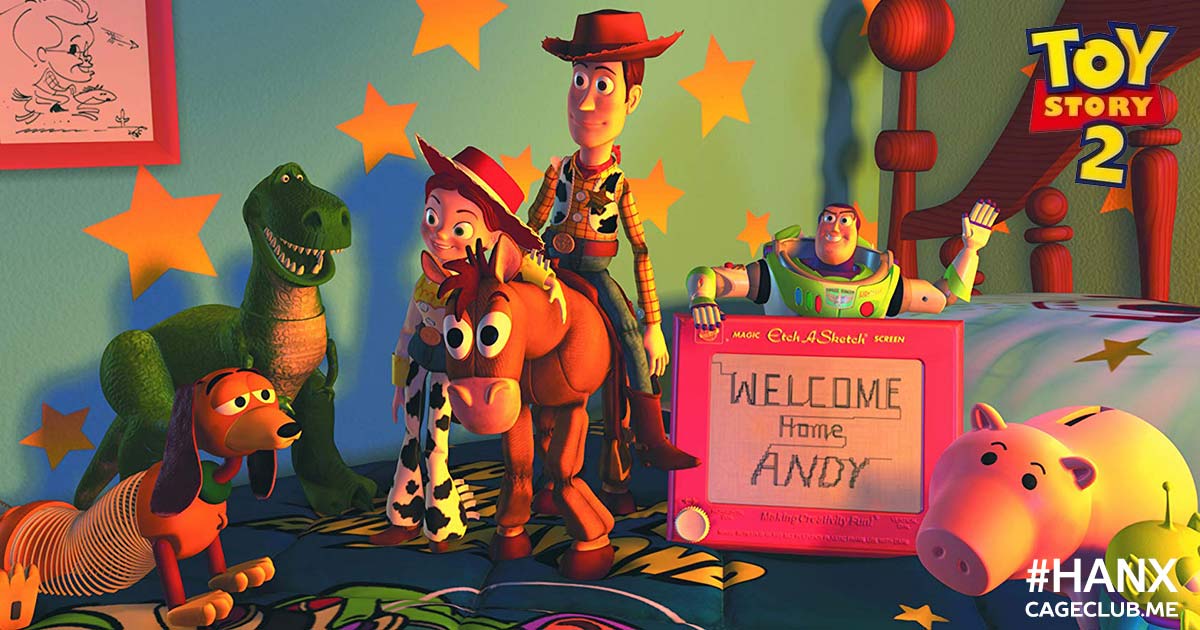 Go, prince, collect tribute with us: you will get rich, and so will we.” Igor went with them to the Drevlyans, took more tribute from them than they had paid before, and went to Kyiv, but changed his mind, let go of most of the squad, and said himself: "I'm tossing and turning, I'm still like." And he went to the Drevlyans, and the squad with him was small. The Drevlyans, when they heard that he was coming, said: “The wolf will get into the sheep, drag the whole herd until they kill him. So is this one: until we kill him, he will ruin us all. Then they sent him to say: “Why are you going, because you took all the tribute?” But he did not listen to them; then they left the city of Korosten, beat his squad, and took him prisoner, bent two trees with their tops to the ground, tied Igor's legs to them, then the tops let him go, and he was torn to pieces.
Go, prince, collect tribute with us: you will get rich, and so will we.” Igor went with them to the Drevlyans, took more tribute from them than they had paid before, and went to Kyiv, but changed his mind, let go of most of the squad, and said himself: "I'm tossing and turning, I'm still like." And he went to the Drevlyans, and the squad with him was small. The Drevlyans, when they heard that he was coming, said: “The wolf will get into the sheep, drag the whole herd until they kill him. So is this one: until we kill him, he will ruin us all. Then they sent him to say: “Why are you going, because you took all the tribute?” But he did not listen to them; then they left the city of Korosten, beat his squad, and took him prisoner, bent two trees with their tops to the ground, tied Igor's legs to them, then the tops let him go, and he was torn to pieces.
list of works - article - Corporation Russian textbook (Drofa-Ventana publishing house)
In educational institutions, depending on the chosen program of study, teachers recommend various literature for reading during the summer holidays.
We offer lists of books for the summer for the first, second, third and fourth grades (when moving to the second, third, fourth and fifth grades, respectively) under the Planet of Knowledge, Primary School of the 21st Century programs, universal lists and the list of literature on the Federal State Educational Standard (federal state educational standards).
The list of books may differ slightly from the literature recommended at school after the end of each class. But, of course, any work from the list will become not only a useful activity, but also an interesting journey into the magical world of literature.
List of books for the summer, grade 1 (go to grade 2)
The program of teaching materials "Planet of Knowledge"
- Russian folk tales (two of your choice).
- A.S. Pushkin (one tale).
- I.A. Krylov (two fables)
- L.N. Tolstoy "Kitten".
- A.P. Gaidar "Conscience", "Chuk and Gek".

- V.A. Oseeva "The Magic Word", "Sons".
- K.G. Paustovsky "Steel ring".
- V.P. Kataev "Flower-seven-flower".
- V.V. Bianchi "How the ant got home", "Arishka the coward".
- B.S. Zhitkov "The Brave Duckling".
- E.N. Uspensky "Crocodile Gena and his friends", "Uncle Fyodor, a dog and a cat" (one piece of your choice).
- N.N. Nosov "Live Hat".
- V.Yu. Dragunsky "Deniska's stories".
- B.V. Zakhoder "What is the most beautiful of all?".
Program "Primary School of the XXI century"
- Russian folk tales.
- Tales of the Brothers Grimm.
- G.H. Tales Andersen (The Ugly Duckling, Wild Swans, The Princess and the Pea, The King's New Outfit, etc.)
- S.V. Mikhalkov "Feast of Disobedience"
- I.P. Tokmakova "Alya, Klyaksich and the letter "A", "Happily, Ivushkin!" and others
- A.N. Tolstoy "The Golden Key or the Adventures of Pinocchio"
- K.
 I. Chukovsky. Poems and fairy tales
I. Chukovsky. Poems and fairy tales - S.Ya. Marshak. Tales, songs, riddles
- P.P. Bazhov "Silver Hoof"
- V.M. Garshin "Frog Traveler"
- V.A. Oseeva "The Magic Word", "The Kind Hostess", etc.
- E.I. Charushin. Stories.
- V.Yu. Dragoon "He is alive and glowing" and other stories.
- N.N. Nosov "Dreamers", "Entertainers" and other stories.
- V.V. Bianchi. “Tails”, “Whose nose is better”, “Who sings what?”, “How the ant hurried home”, etc.
- D.N. Mamin-Sibiryak "Alyonushka's Tales".
- Ch. Perrault "Cinderella", "Puss in Boots", "Sleeping Beauty".
- V.P. Kataev "Flower-seven-flower".
- Poems of Russian poets about nature.
- B.V. Zakhoder. Poetry.
List of literature for the summer, grade 2 (we are moving to grade 3)
Program "Primary school of the XXI century"
- Myths of Ancient Greece (for children).
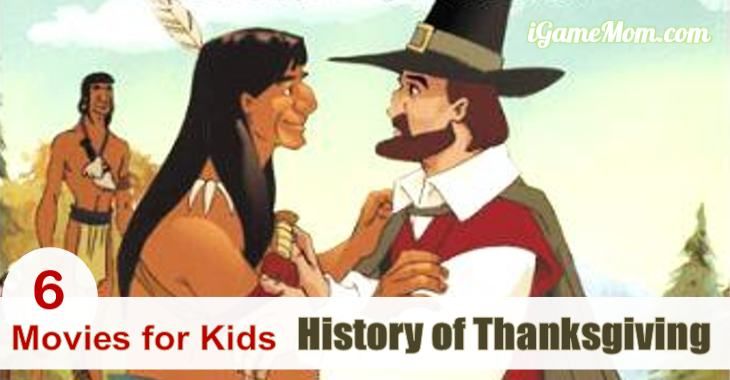
- Fairy tales: "Aladdin's Magic Lamp (Arabic Tale)" "Magic Ring", "Princess Nesmeyana", "Flying Ship", "Marya Morevna", "Ivan Tsarevich and the Gray Wolf", "Finist - Bright Falcon", "Sun, Month and Voron Voronovich", "The Tale of Rejuvenating Apples and Living Water".
- N. Garin-Mikhailovsky "The Childhood of Tyoma".
- Gaidar "Timur and his team", "Hot Stone", "Blue Cup", "Day in the Forest".
- R. Kipling "Riki-tiki-tavi".
- L. Lagin "Old Man Hottabych."
- E. Schwartz "The Tale of Lost Time".
- N. Nekrasov "Grandfather Mazai and Hares".
- S. Prokofiev "The Magician's Apprentice".
- V. Golyavkin "Stories".
- Y. Koval. "The Adventures of Vasya Kurolesov".
- Tales of A. S. Pushkin.
- Works by M. Prishvin, K. G. Paustovsky, A. I. Kuprin, V. Yu. Dragunsky
- L. Tolstoy "Shark", "Jump", "Lion and Dog".
- I. Akimushkin. “Nature is a miracle”, “Who flies without wings”.
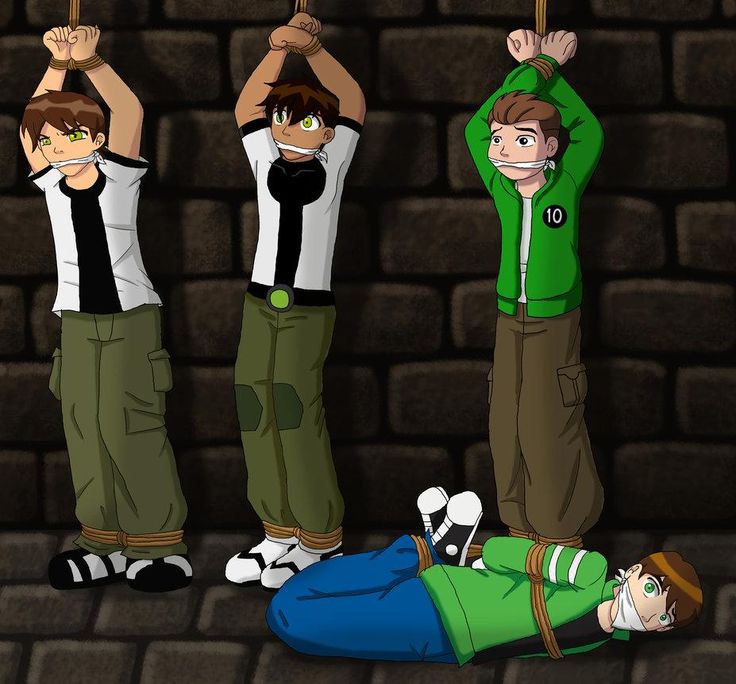
EMC "Planet of Knowledge"
-
A.S. Pushkin "The Tale of the Dead Princess and the Seven Bogatyrs".
-
V. Gauf "Dwarf Nose", "Little Muk".
-
B. Zhitkov, stories (any 3 stories).
-
A. Volkov "The Wizard of the Emerald City".
-
A. Lindgren "Baby and Carlson".
-
Garshin "Frog - Traveler".
-
I. Krylov "Fables" (7 fables).
-
G.H. Andersen "The Steadfast Tin Soldier", any other fairy tales.
-
R. Kipling "Rikki - Tikki - Tavi".
-
V. Odoevsky "Town in a snuffbox".
-
E Schwartz "The Tale of Lost Time".
-
D. Mamin - Siberian "Grey Neck".
-
Nosov N. - "The Merry Family", "The Diary of Kolya Sinitsyn".
-
Bulychev K. - "Alice's Journey", "Guest from the Future".

-
Oseeva V. - "Vasek Trubachev and his comrades."
List of literature for the summer, grade 3 (go to grade 4)
Program "School of the XXI century"
- Aksakov S.T. "Scarlet Flower"
- Andersen G.Kh. "The Little Mermaid", "Snail and Rose Bush"
- Astafiev V.P. "Spring Island", "Horse with a pink mane"
- Bazhov P.P. Silver Hoof, Blue Snake
- Bulychev K. "Alice's Journey", "Girl from Planet Earth"
- Veltistov E.S. "Adventures of Electronics"
- Garshin V.M. "The Tale of the Toad and the Rose"
- Georgiev S.G. "House of the Sunny Hare"
- Gorky M. "About Ivan the Fool"
- Dal V.I. "About a toothy mouse and a rich sparrow"
- Dragunsky V.Yu. "Great traffic on Sadovaya"
- Salten F. "Bambi"
- Zoshchenko M. M. "Galoshes and ice cream", "Stupid story"
- Ivanov S.A. "Winter Girl"
- Lagerlöf S.
 "Holy Night", "In Nazareth", "Nils Holgersson's Amazing Journey Through Sweden"
"Holy Night", "In Nazareth", "Nils Holgersson's Amazing Journey Through Sweden" - Lermontov M.Yu. "Three Palms"
- Leskov N.S. "The Lion of Elder Gerasim"
- Odoevsky V.F. "City in a Snuffbox", "Poor Gnedko"
- Paustovsky K.G. "Hare Paws", "The Adventures of the Rhinoceros Beetle"
- Platonov A.P. "Soldier and Queen", "Magic Ring"
- Prishvin M.M. "Chicken on poles"
- Pushkin A.S. "The Tale of the Golden Cockerel"
- Swift D. "Gulliver's Travels"
- Solzhenitsyn A.I. "Duckling", "Balloon", "Bonfire and ants"
- Twain, M. The Adventures of Tom Sawyer, Dick Baker and His Cat
- Tolkien, D. "Farmer Giles of Hem", "The Blacksmith of Big Bud"
- Tolstoy A.K. "Ilya Muromets"
- Tolstoy L.N. "A book for children: Stories, fairy tales, fables"
- Turgenev I.S. "Dog"
- Ushinsky K.D. Postman's Bag, Blind Horse
- Black S. "Silver Tree"
- Chekhov A.
 P. "Runaway", "Children"
P. "Runaway", "Children"
EMC "Planet of Knowledge"
-
Myths of the peoples of the world (one myth each: ancient Greek, Sumerian, Slavic).
-
Tales of the peoples of the world (one fairy tale each: Russian, Armenian, Italian, Indian).
-
Russian folk epics (one bylina each about Ilya Muromets, Alyosha Popovich, Dobrynya Nikitich).
-
A.S. Pushkin "The Tale of Tsar Saltan ...".
-
Yu. Krutogorov "Alexander Nevsky", "Baptism of Rus'", "Battle of Kulikovo".
-
A. Gaidar "Hot Stone", "Blue Cup", "Chuk and Gek", "Timur and his team", "RVS", "The Tale of Military Secrets".
-
R. Kipling "Why the camel has a hump."
-
S. Alekseev “Stories about the great Moscow battle”.
-
M. Twain "The Adventures of Tom Sawyer".
-
A. Nekrasov "The Adventures of Captain Vrungel".
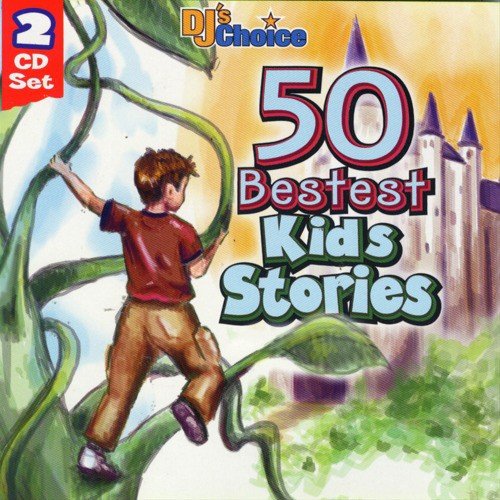
-
K. Bulychev "A Million Adventures".
-
E. Raspe "The Adventures of Baron Munchausen".
-
V. Kataev "Son of the Regiment".
Universal list of references for the summer for grade 3
- P.P. Ershov "Humpbacked Horse".
- A.S. Pushkin (poems, fairy tales).
- 3. M.Yu. Lermontov "Ashik-Kerib".
- LN Tolstoy (stories for children).
- F.I. Tyutchev (poetry).
- A.A. Fet (poetry).
- N.A. Nekrasov (verses and poems).
- V.F. Odoevsky "Town in a snuffbox".
- P.P.Bazhov "Silver Hoof".
- S.T. Aksakov "The Scarlet Flower."
- E.L. Schwartz "The Tale of Lost Time".
- S.A. Yesenin (poetry).
- 13. M.I. Tsvetaeva (poetry).
- E.I. Charushin (stories about animals).
- E.S. Veltistov "Adventures of electronics".

- K. Bulychev "Alice's Journey".
- D. Swift "Gulliver's Travels".
- G.H. Andersen "The Little Mermaid".
- M. Twain "The Adventures of Tom Sawyer".
- V. Zheleznikov "Scarecrow".
- E.T.A. Hoffmann "The Nutcracker and the Mouse King".
- O. Wilde "Star Boy".
- V. Gauf "Dwarf-nose".
- R. Kipling "Mowgli".
- Y.Olesha "Three fat men".
- R. Raspe "The Adventures of Baron Munchausen".
- A. Pogorelsky "Black chicken or underground inhabitants."
- P. Travers "Mary Poppins".
List of literature for the summer, grade 4 (we are moving to grade 5)
List according to the Federal State Educational Standard
List of Russian and foreign literature recommended by the Federal State Educational Standard (Federal State Educational Standard):
Russian literature:
- Russian folk tales.
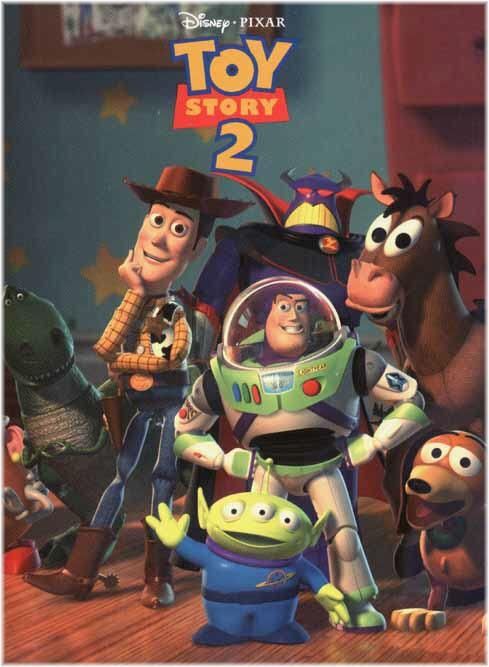
- Barto A. "Think, think ..." (poetry).
- Volkov A. "The Wizard of the Emerald City".
- Golitsyn S. "Forty Prospectors".
- Grigoriev O. "The Talking Raven" (poetry).
- Geraskina L. "In the Land of Unlearned Lessons".
- Dick I. "In the wilds of Kara-Bumba".
- Dragunsky V. "Deniska's stories".
- Zakhoder B. Selected.
- Zoshchenko M. "Yolka".
- Kassil L. "At the blackboard."
- Kim Yu. "Flying Carpet" (poetry).
- Krylov I. Fables.
- Korinets Yu. “There, far away, beyond the river.”
- Kulikov G. "How I influenced Sevka".
- Mamin-Sibiryak D. Stories and Tales.
- Mayakovsky V. "Tuchkin's little things" and other poems for children.
- Mikhalkov S. Fables.
- Moritz J. "Crimson Cat" (poetry).
- Nosov N. "Vitya Maleev at school and at home", stories.
- Panteleev L. "Honest Word".
- Paustovsky K.
 "Golden Tench", "Meshcherskaya side", "Basket with fir cones", "Hare paws".
"Golden Tench", "Meshcherskaya side", "Basket with fir cones", "Hare paws". - Prishvin M. "Golden Meadow".
- Sapgir G. "Four envelopes" (poetry).
- Tolstoy A.N. "Childhood of Nikita".
- Tolstoy L. Fables.
- Turgenev I. "Sparrow".
- Uspensky E. "Uncle Fedor, dog and cat", "School of clowns"; poetry.
- Fraerman R. "Girl with a stone."
- Tsyferov G. "The Secret of the Baked Cricket".
- Chekhov A. "Vanka".
Foreign literature
- Myths of Ancient Greece: "Heroes of Hellas".
- Andersen G.-H. Fairy tales.
- Perro S. "Magic Tales".
- Twain M. "The Adventures of Tom Sawyer".
Educational literature for the summer (Grade 4)
- Gubarev V. "In open space".
- Kuhn N. "Olympus".
- Segal E., Ilyin M. "What of what".

Universal literature for the summer, grade 4. List No. 1
Russian Literature:
- Russian folk tales (two or three of your choice).
- Tales of the peoples of the world (two or three of your choice).
- I. A. Krylov. Fables.
- V. A. Zhukovsky "Sleeping Beauty", "Cup".
- A. S. Pushkin "The Tale of the Dead Princess and the Seven Bogatyrs."
- A. Pogorelsky "Black Hen, or Underground Inhabitants".
- M. Yu. Lermontov "Borodino".
- N. V. Gogol "The Enchanted Place".
- N. A. Nekrasov "Frost - Red Nose".
- I. S. Turgenev "Mu-mu".
- L. N. Tolstoy "Prisoner of the Caucasus".
- A.P. Chekhov "Surgery".
Universal literature for the summer, grade 4. List #2
Russian Literature
- IA Kuprin "Wonderful Doctor", "Taper", "Starlings".

- A. Platonov "Nikita".
- P. Bazhov "Stone Flower", "Malachite Box", fairy tales (optional).
- VG Korolenko "Children of the Underground", "In Bad Society".
- A. S. Pushkin "Ruslan and Lyudmila", "Collapse".
- V. Garshin "Signal".
- L. Andreev "Kusaka".
- A. Kuprin "White Poodle".
- K. Paustovsky "Meshcherskaya side".
- E. Nosov "Thirty grains", "Like a crow lost on the roof".
- V. Shukshin "Harvest".
- Y. Kazakov "Quiet Morning".
- V. Soloukhin "Avenger".
- Myths of the Ancient Slavs.
- Legends and traditions: "About the city of Kitezh", "Ataman Kudeyar", "About Nikitushka Lomov".
- V. Zhukovsky "Forest King".
- V. Kataev "The lonely sail turns white".
- M. Prishvin "Pantry of the Sun".
- A. Chekhov "Kashtanka".
- M. Zoshchenko "Great Travelers".
- E. Nosov "Difficult bread".
- V.
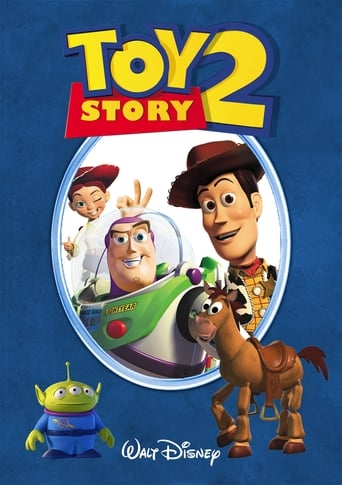 Belov "Starlings".
Belov "Starlings". - A. Aleksin "How is your health", "The happiest day".
- D. Kedrin "Architects".
- T. Gabbe "The City of Masters or The Tale of Two Hunchbacks".
- A. Tolstoy "Ivan da Marya".
- B. Shergin "The Magic Ring".
- A. Kuprin "Blue Star".
- M. E. Saltykov-Shchedrin Fairy tales (“Bogatyr”, “Karas-idealist”, “Konyaga”, “Bear in the Voivodeship”).
- A. Platonov "Magic Ring", "Nikita", "Unknown Flower", "Colorful Butterfly".
- P. Ershov "Humpbacked Horse".
- V. Zhukovsky "The Tale of Tsar Berendey", "About Ivan Tsarevich and the Gray Wolf".
- B. Polevoy "The Tale of a Real Man".
- V. Astafiev "Belogrudka".
Foreign literature
- D. Defoe "Robinson Crusoe".
- M. Twain "The Adventures of Tom Sawyer and Hucklebury Finn".
- G. H. Andersen "The Snow Queen", "The True Truth".
- Ch.
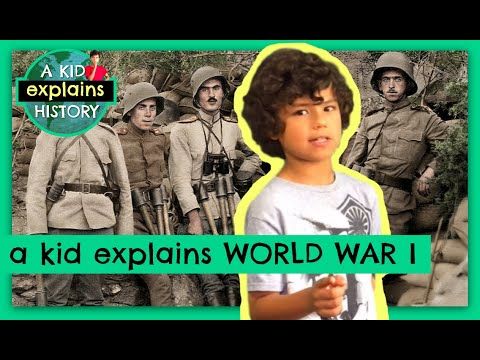 Perrault "Cinderella".
Perrault "Cinderella". - Aesop "The Fisherman and the Fish", "The Lion and the Mouse", "The Fox and the Grapes".
- Jean de La Fontaine The Fox and the Grapes.
- R. E. Raspe "The Adventures of Baron Munchausen".
- J. Verne "The Mysterious Island".
- A. Lindgren "The Adventures of Kalle Blomkvist", "Pippi Longstocking".
- D. London "Love of Life".
- D. R. Tolkien "The Hobbit, or There and Back Again".
- R. Bradbury "The Invisible Boy", "Vacation", "Green Morning".
- O. Wilde "The Canterville Ghost".
- T. H. White Candle in the Wind.
- M. Maeterlinck "The Blue Bird".
- E. Based on "The Frog".
- R. Southey "God's Judgment on the Bishop."
- F. Schiller "Glove".
- O. Wilde "The Happy Prince".
- N. Hawthorne "The Snow Maiden".
- A. Exupery "The Little Prince".
- L. Carroll "Alice in Wonderland".
- R. Kipling "Mowgli".

- J. W. Goethe "Reinecke Fox".
- D. Durrell "The Talking Bundle", "The Zoo in My Luggage".
- D. Rodari "Gelsomino in the land of liars", "Tales on the phone".
- E.S. Thompson Animal Tales.
Keeping a reader's diary in summer
For better assimilation and consolidation of the material read, it is recommended to keep a summer reading diary. To do this, in a regular notebook, draw a table with the following columns in a cell:
| No. | Author and title of the work | Main characters | Brief plot | Quotes (important, liked) |
|---|---|---|---|---|
| | | | | |
Thus, after reading the book, you should enter the basic information in the table in order to streamline the information received.



